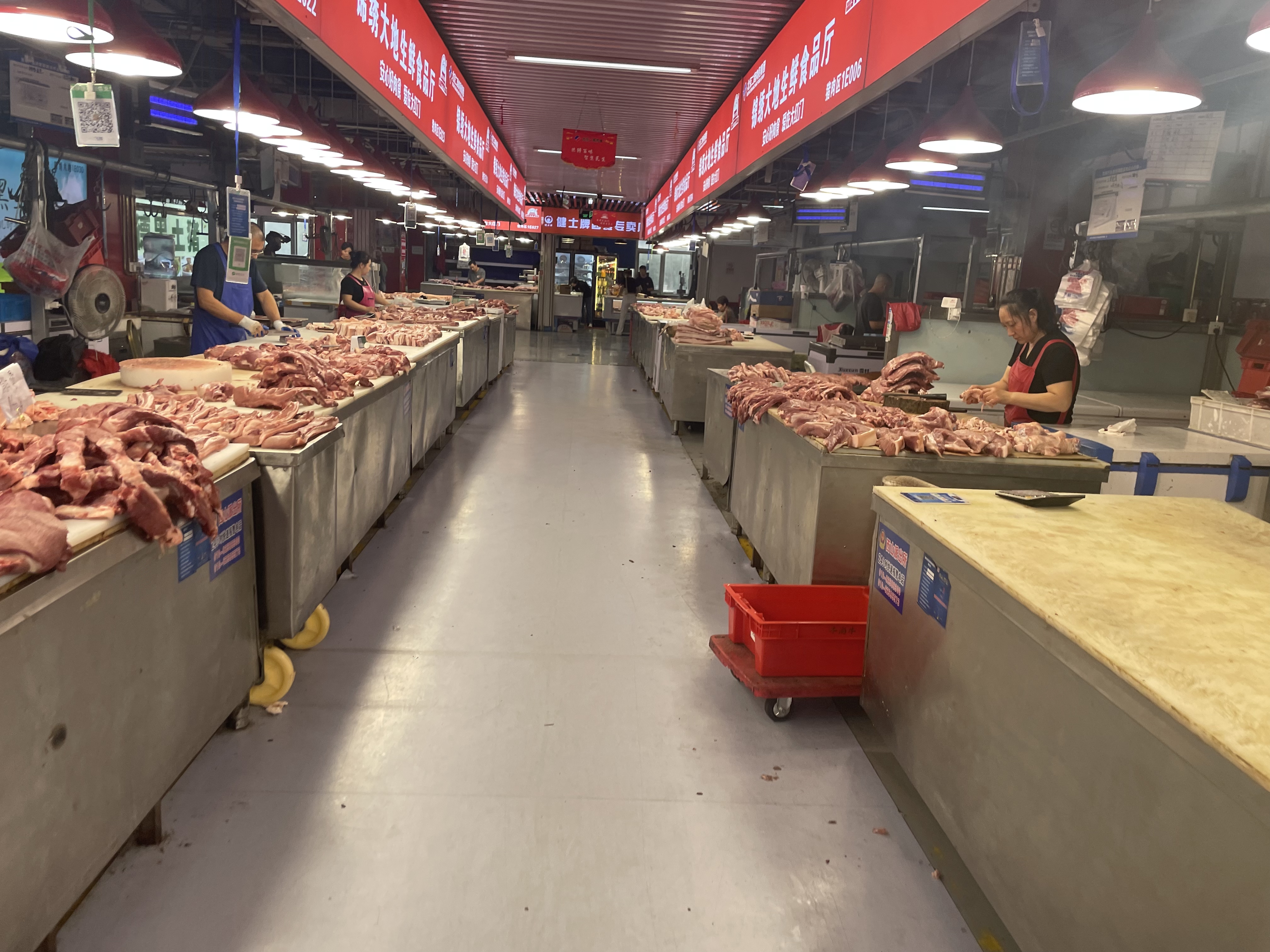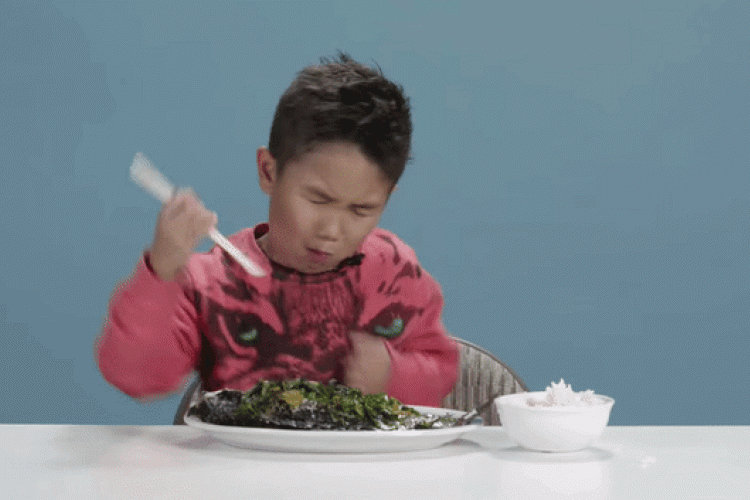Out with Fresh Lamps, In with Honesty: A New Era in Market Lighting
The State Administration for Market Regulation has declared that as of Dec 1, 2023, the era of "fresh lamps" would be coming to an end, making way for the use of white lights.
If you're scratching your head thinking, "What are fresh lamps?" they're the vibrant lights you often see at food markets, used to make produce like meat, fruit, and vegetables seem more appealing and, well, fresh. It's a common trick many vendors use, surrounding their goods with fancy, colorful lights to tickle your buying impulses.
To get a real feel for this change, we hit the Jinxiudadi Fresh Food Market, Haidian district's largest agricultural wholesale market, and one of the pioneers in switching to white light bulbs. As we strolled through, we noted around 1,600 fresh lamps had been swapped out. The vendors informed us that the switch was a recent one, having happened just 20 days ago.

We chatted to a pork vendor who let us in on some secrets. With the old fresh lamps, they acted like a filter, giving the pork a rosy, fresh-off-the-farm look. But these vendors concede that these lamps often made the meat look less than genuine. "It was pretty clear to customers when they got home and their new purchase looked different under natural light. But with these new white light bulbs, what you see is what you get. The meat looks the same under the market's lights as it does in your kitchen," she admitted.

Another vendor confided to us that the fresh lamps' use varied based on their colors, each serving a different purpose. "In the meat section, red lights are a staple, deployed to exaggerate the meat's freshness," he explained. "On the other hand, the vegetable stalls frequently use a combination of green and white lights to lend their greens a fresh-off-the-vine appearance." He further noted that fruit vendors often favored warm-toned yellow lights. "It's a visual trick - the warm glow makes the fruits seem more inviting and appetizing," he added.
Inquiring about the impact on business under the new lighting, one vendor revealed, "Initially, it was a shock to both myself and our regular customers. The meat looked different, almost like leftovers, leading to concerns about its safety. So business took a hit in those initial days. Customers complained that the meat didn't look as appealing as it used to. However, with time, people started adjusting to the change. The news about the shift in lighting also reached our customers, helping them understand that it wasn't about the meat's freshness but the lighting. Slowly, the footfall has returned to its normal pace."

Even during our conversation, a few customers were negotiating prices and asking, "how much for half a gram?" By the end of the day, though, the vendor had still managed to sell most of his meat.
So, does the use of fresh lamps influence consumer decision-making when purchasing fresh meat? One shopper shared his perspective, saying, "Sure, the fresh lamps make the meat look more attractive, but it's hard to determine the actual freshness. Without careful scrutiny, it's easy to be tricked into buying less fresh meat. To avoid this, I always step away from the fresh lamps and examine the meat under natural light."

With the new regulations set to take effect from December, the fresh lamps have been granted a five-month grace period before they are phased out entirely. This signifies a future where these colorful illuminants will become a rare sight in the bustling markets of Beijing. "The fresh food market in Haidian was among the first to adapt to this shift. I anticipate a ripple effect where more markets will soon follow suit," a vendor shared.
READ: Beyond Moutai x Luckin: Unconventional Collabs to Try
Images: Irene Li







